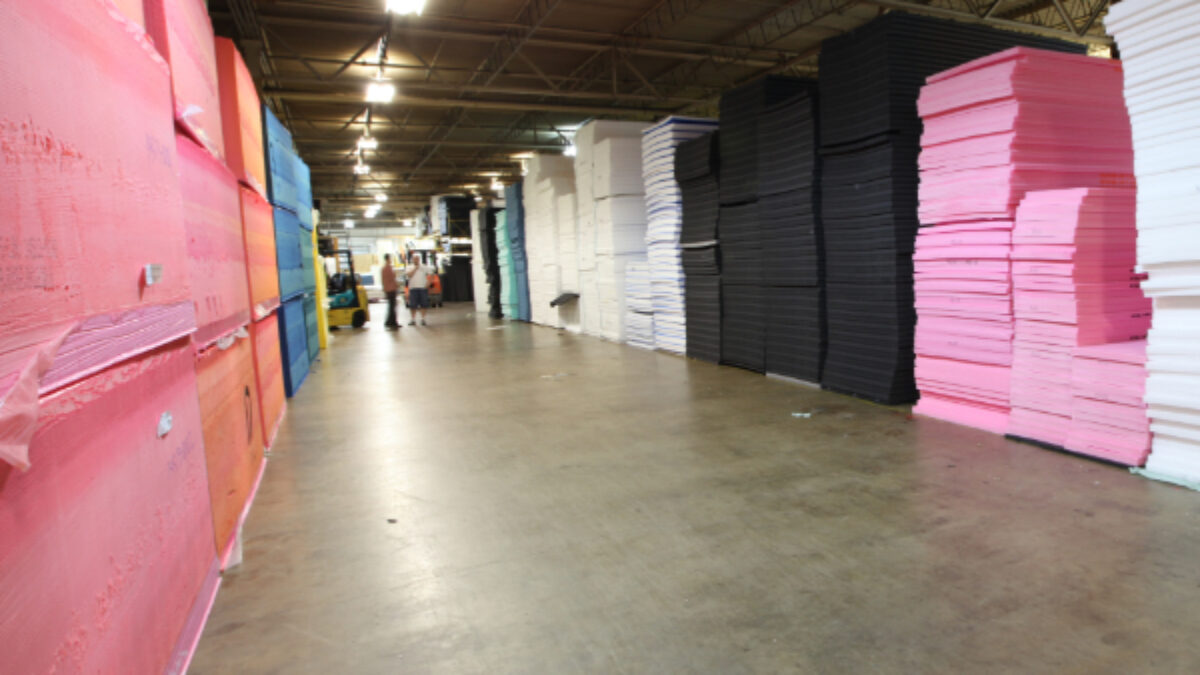When searching for the ideal foam materials for your application, you’ll often encounter the term “cross-linked.” What is a cross-link? It’s a type of bond or sequence of bonds that hold together polymer chains. Cross-linking involves heating polymers and using a chemical reaction to pull and bond the chains together.
We’ll skip the chemistry lesson and jump right to the point. How does cross-linking impact the performance and usefulness of different types of foams? What makes them different, and how can they be used in your applications?
Find out everything you need to know about cross-linked foams and why (and when) you should be using them.
When to Use Cross-Linked Polyethylene (XLPE) Foam
Cross-linked polyethylene is a durable closed-cell foam that adds a few capabilities not present in standard polyethylene foams. It’s generally used in applications that require thicker, more resilient pieces of foam. The material offers high shock absorption and tear, impact, and puncture resistance, making is useful for applications that include:
- Thermal insulation
- Industrial gaskets
- Construction
- Athletic padding
- Protective case inserts and padding
Cross-linked polyethylene foam is also useful for protecting Class A surfaces, as it has a smooth surface that is not abrasive. Since the material has a closed-cell structure, it’s remarkably resilient to mildew, mold, rot, and bacteria, as well having a high chemical resistance and low water absorption. Despite its density, it’s also lightweight and highly buoyant, which makes it ideal for marine foam applications that include floatation foam and sound deadening foam for engine compartments.
XLPE foams can also be formulated to be fire-retardant, static-dissipative, or conductive.
How XLPE Compares to Expanded Polyethylene Foam (EPE)
Expanded polyethylene foam has a few different capabilities than XLPE that can make it the more attractive foam material choice for your application. These include:
- Higher strength to weight ratio: the foam is less dense than XLPE, but it’s isotropic, meaning its strong when forces are applied to it in any direction. EPE is ideal for lightweight protection in packaging applications.
- Recyclable: EPE foams are less difficult to recycle than XPLE, making them a more environmentally friendly and sustainable option.
- Cost: XLPE foam can often be more expensive to use than EPE foam
Need help choosing a foam for your application? We can help! Our foam experts help you find the best material for your needs and budget. Get in touch with Amcon today.


